Barry Cleveland: A Young Person’s Guide to Speaker Cabinet IRs
by Barry Cleveland
It is no secret that speakers and speaker cabinets are critical factors when crafting guitar tones. Early Vox AC30s and Fender Twin Reverbs, for example, are both tube amplifiers with open-back cabinets loaded with a pair of 12″ speakers—but the difference in sound between, say, Celestion Blues and Jensen C12Ns is quite noticeable, and were you to swap those speakers between the two amps that difference would be even more dramatic due to the differing characteristics of the cabinets. Of course, pairing either amp with one or more 15″, 10″, or 8″ speakers in some other type of cab would yield yet even more diverse sounds, some of which would not be recognizable as “AC30” or “Twin Reverb” tones at all.
If you are dealing with actual amps, speakers, and cabs, finding the optimal combination for your tone is critical, and guitarists have been known to agonize over their choices indefinitely. In the virtual world of digital modeling, however, mixing and matching different amps, speakers, and cab types is a breeze, and even the most unlikely combinations can result in interesting tones that may be useful in some situations. For example, running an actual 100-watt Plexi wide open into an actual Tweed Deluxe cab would destroy the cab instantly, yet in the digital world it is a fantastic combination.
But where do those virtual speakers and speaker cabinets come from?
These days, they are typically created using a process that generates IRs or impulse responses. The earliest widespread use of IRs in the audio world was in convolution reverb processors. Audio snapshots of reverberant spaces—from a tiled bathroom to the Taj Mahal–were taken and converted into what amount to ambient effects. In other words, if you want to sound like you are playing in the Taj Mahal you simply use a convolution reverb to add that “effect” to your sound in the same way you would with a conventional digital reverb.
In much the same way, IR technology is used to take audio snapshots of speaker cabinets that may then be combined with amplifier models. What is more, modern IRs are sometimes created using a variety of microphones, placed in various positions, and run through different preamps. For example, an open-back 2×12 cab with Celestion Blues might be recorded with a Shure SM57 directly on the cone of one speaker, a Neumann U87 two feet in front of the cab, and a Royer R-121on the rear of the cab, paired with API, Neve, and Universal Audio mic preamps respectively.
Frequently, various combinations of microphones, mic preamps, mic positioning, and other variables will be offered as choices within a bundle of associated IRs (for example, Celestion’s Celestion Blue collection comprises more than 100 IRs, created by using various combinations of cabinet types, microphones, and mic placements). Additional variables such as the sound of the room, and even the conductivity of the speaker cable factor into the IR recording equation. In other words, IRs capture the actual sound emanating from the cabinet recorded within a specific recording environment using specific gear. Additionally, this information may be captured at either normal resolution or higher resolutions, directly impacting the realism of both the sound and the feel of the cab IR.
Speaker cabinet IRs may be placed anywhere within a signal chain but are most often combined with amplifier models. Taking the Helix guitar processor as an example, each of the approximately 40 onboard cabinet models (which are IR-based, though with additional processing) may be combined with one of 16 mic models, which may be positioned 1-to-12″ away from the speaker grill in half-inch increments, and the amount of early reflections or room sound may be adjusted. Low Cut and High Cut filters are provided, as well, along with an output Level control. Third-party IRs may also be imported into Helix and HX devices via the
HX Edit application, as well as directly into the Helix Native plug-in (as long as they are WAV files).
Finally, speaking of third-party IRs, thousands of proprietary cab IRs (and presets) created specifically for Helix and HX devices may be found on Marketplace.
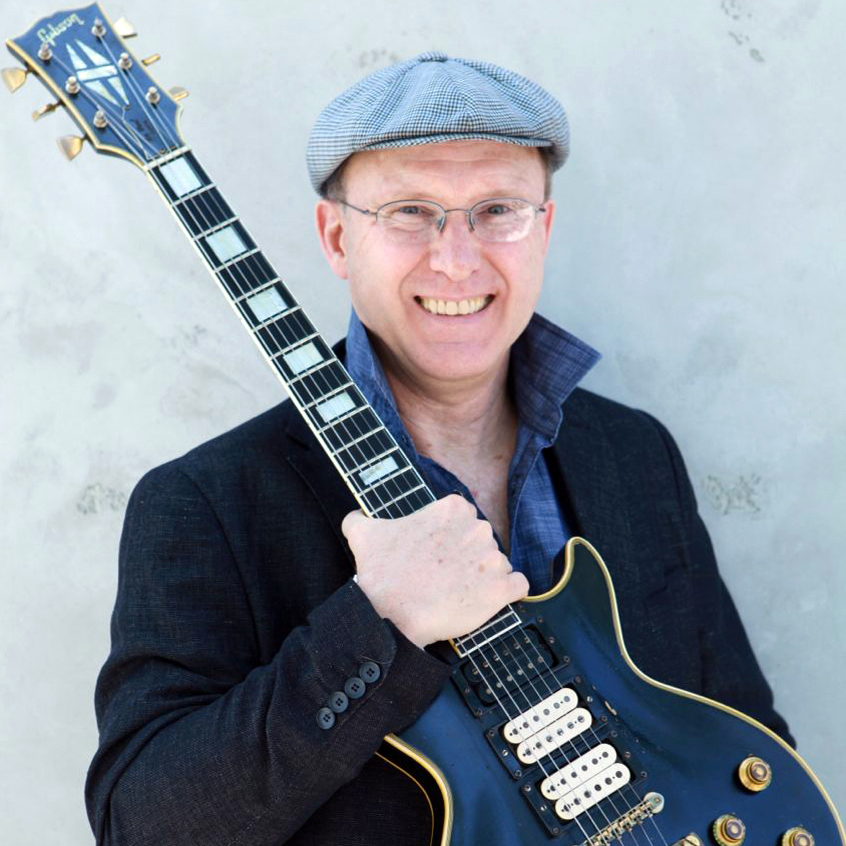
Barry Cleveland is a Los Angeles-based guitarist, recordist, composer, music journalist, and editor-in-chief of Model Citizens and The Lodge, as well as the author of Joe Meek’s Bold Techniques and a contributing author to Stompbox: 100 Pedals of the World’s Greatest Guitarists. Barry also served as an editor at Guitar Player magazine for 12 years and is currently the Marketing Communications Manager at Yamaha Guitar Group. barrycleveland.com
Related posts
By submitting your details you are giving Yamaha Guitar Group informed consent to send you a video series on the Line 6 HX Stomp. We will only send you relevant information. We will never sell your information to any third parties. You can, of course, unsubscribe at any time. View our full privacy policy

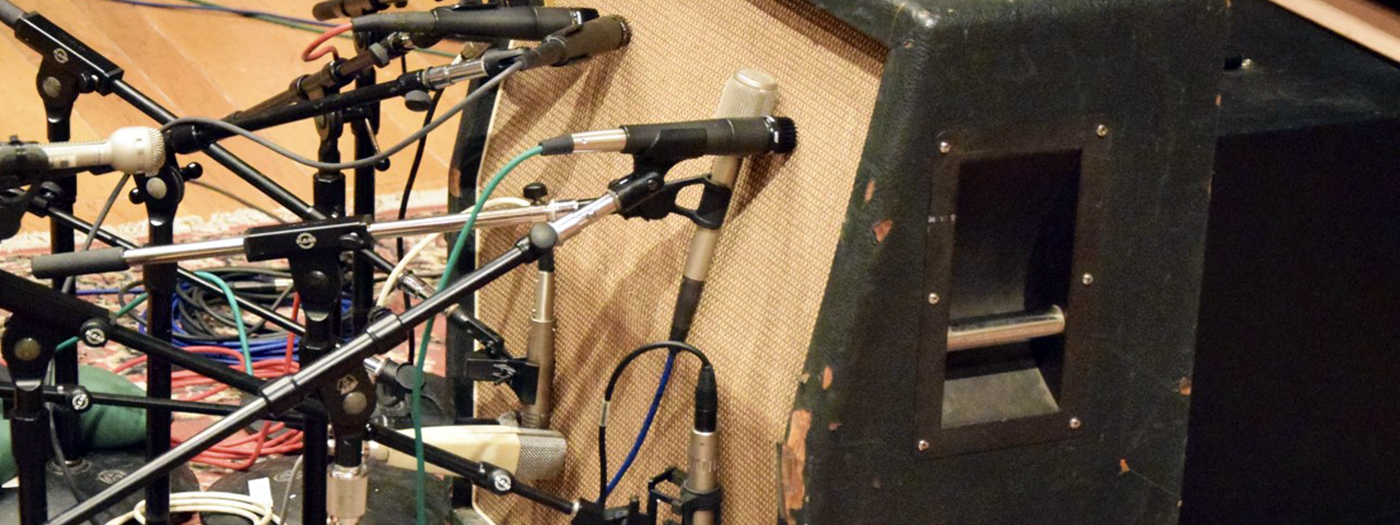
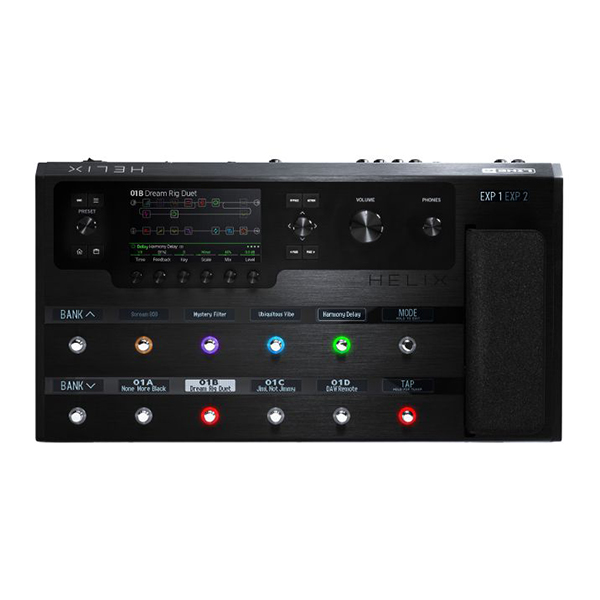

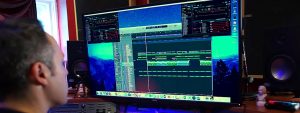
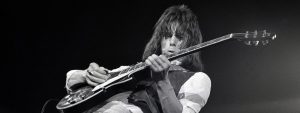
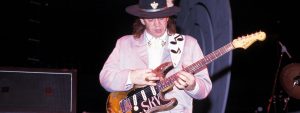
Leave a Reply
You must be logged in to post a comment.